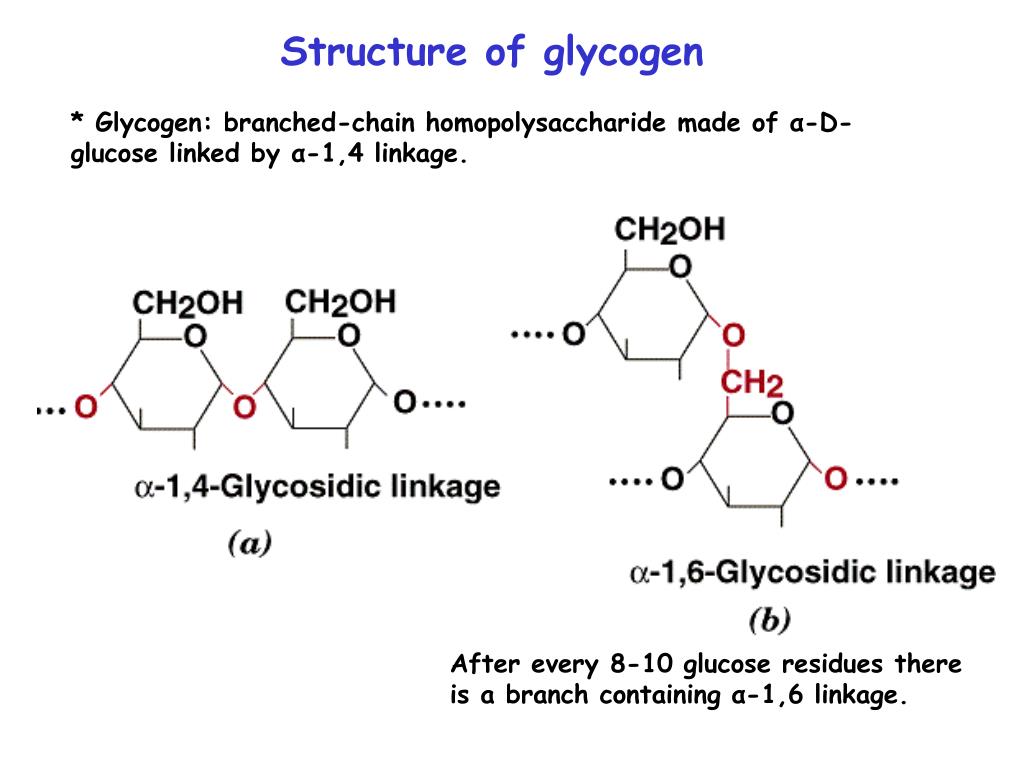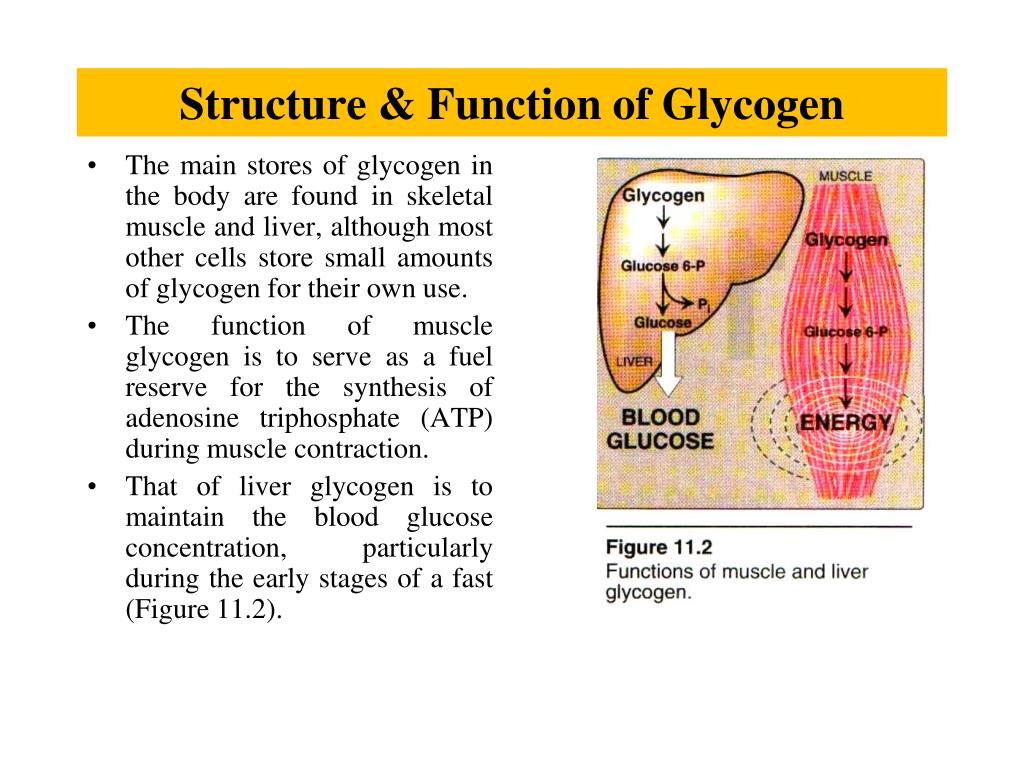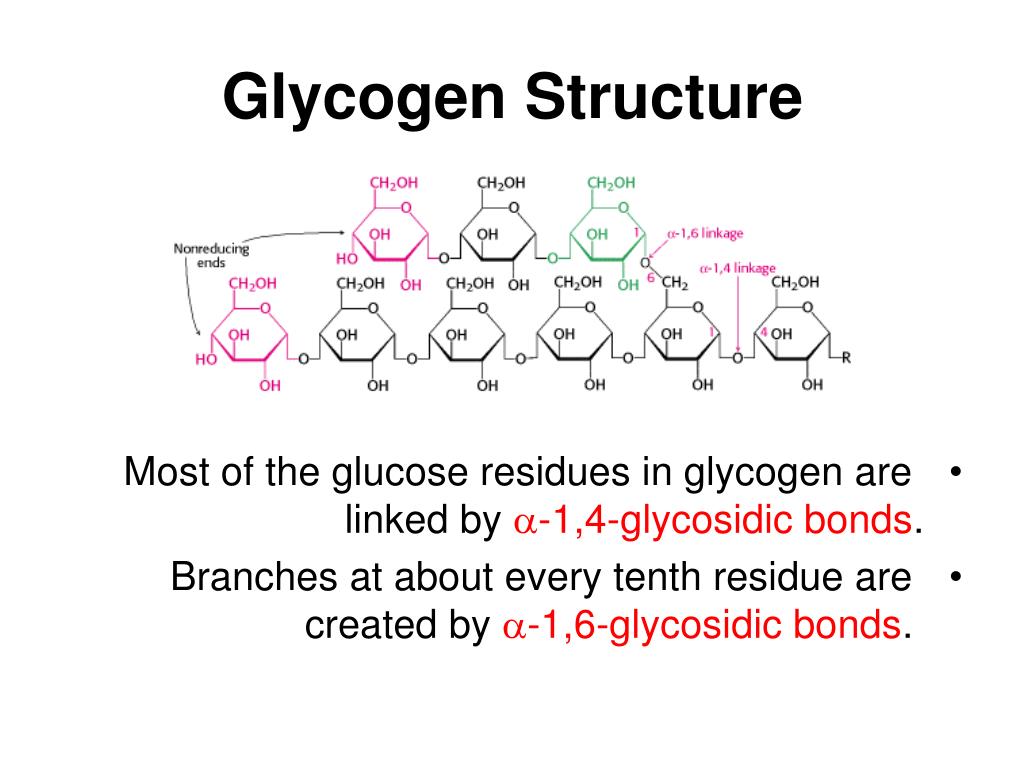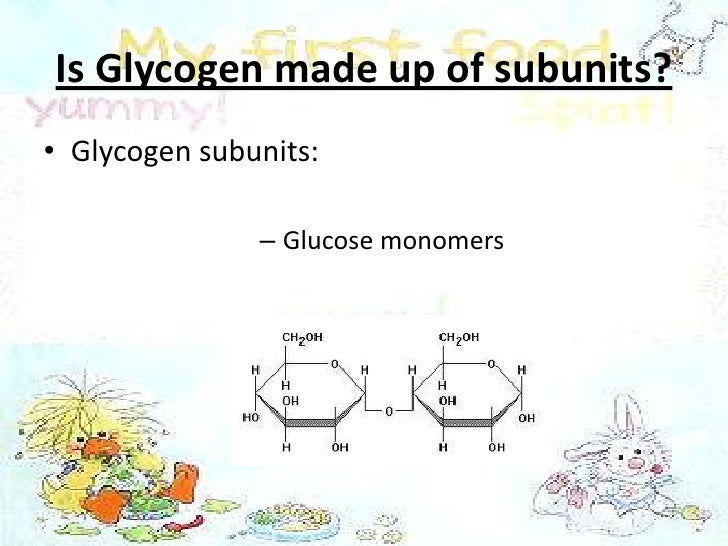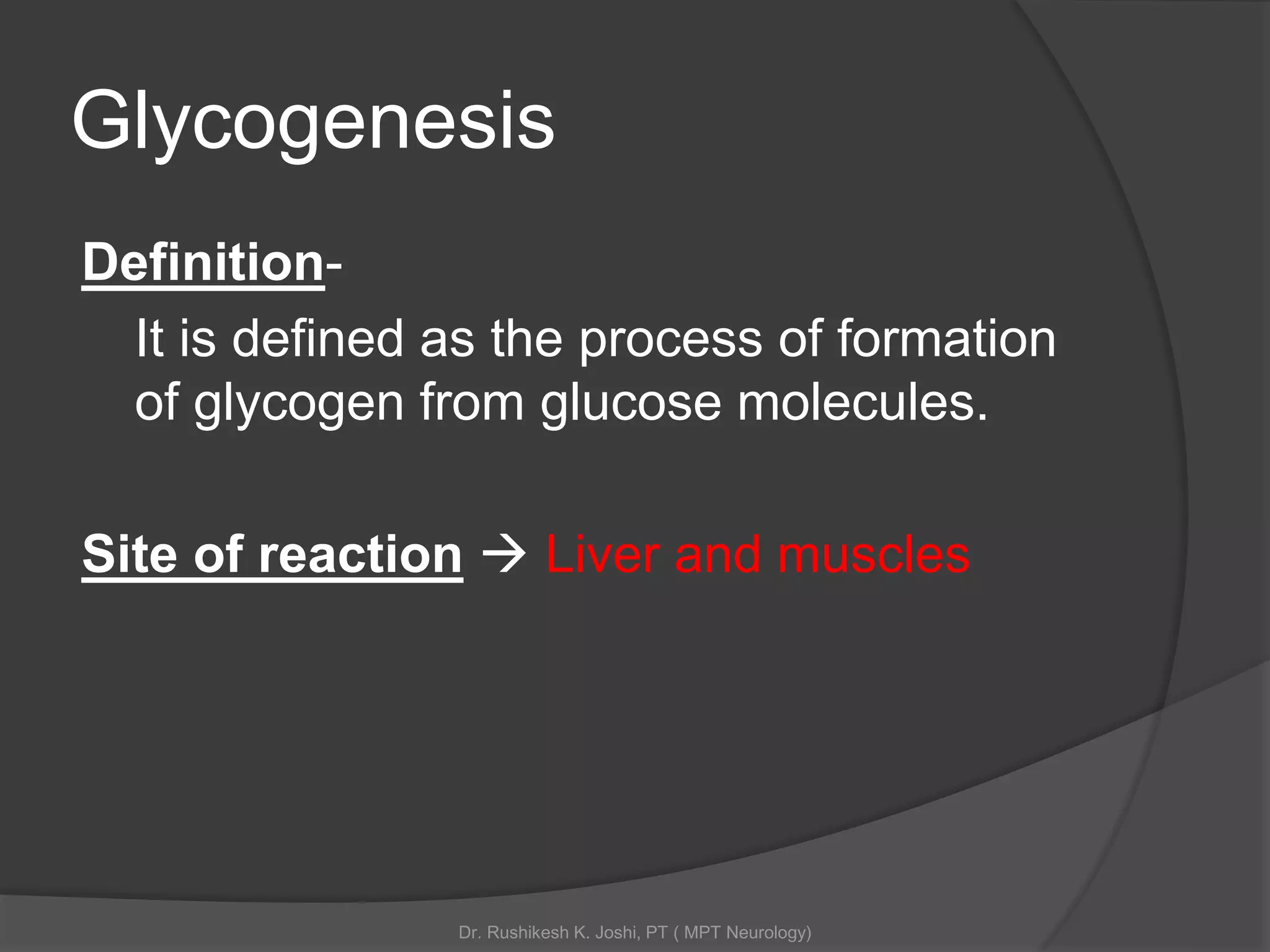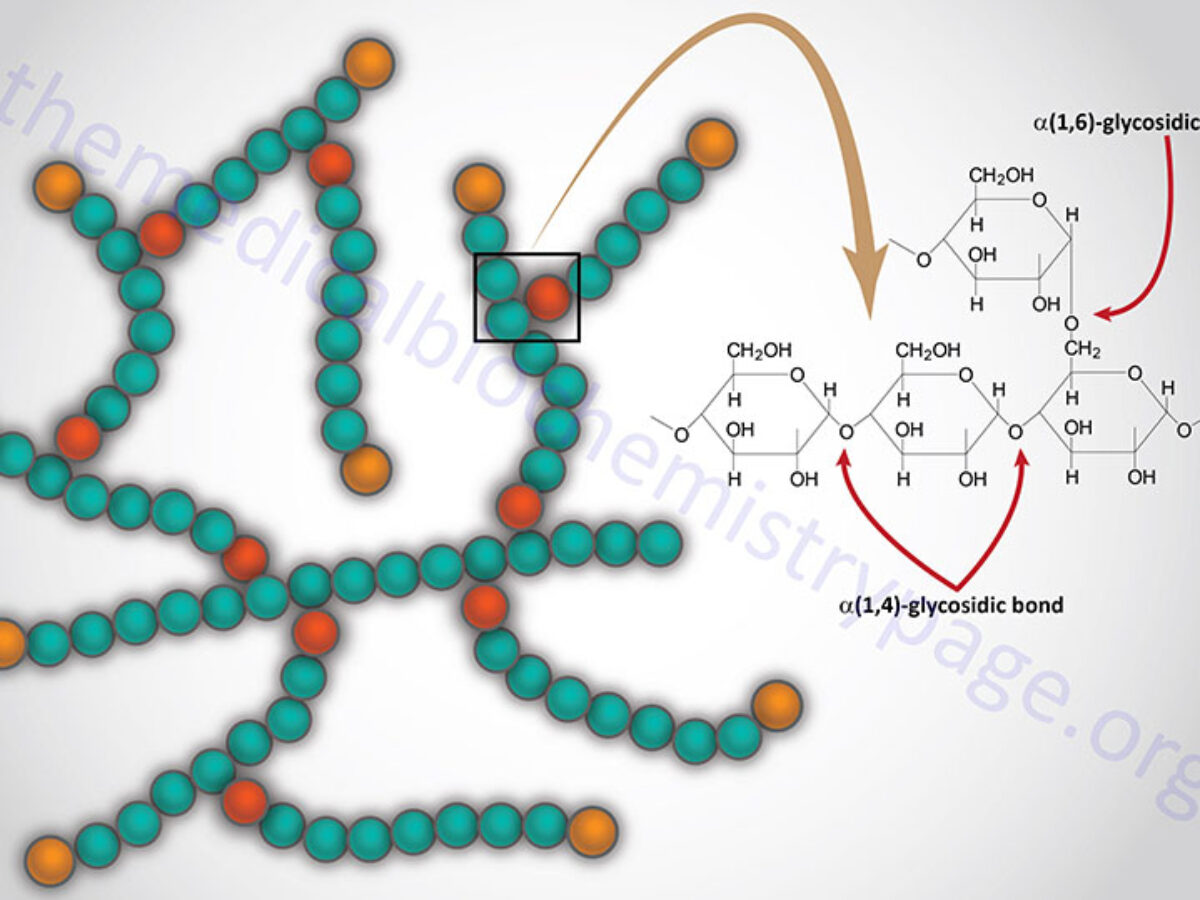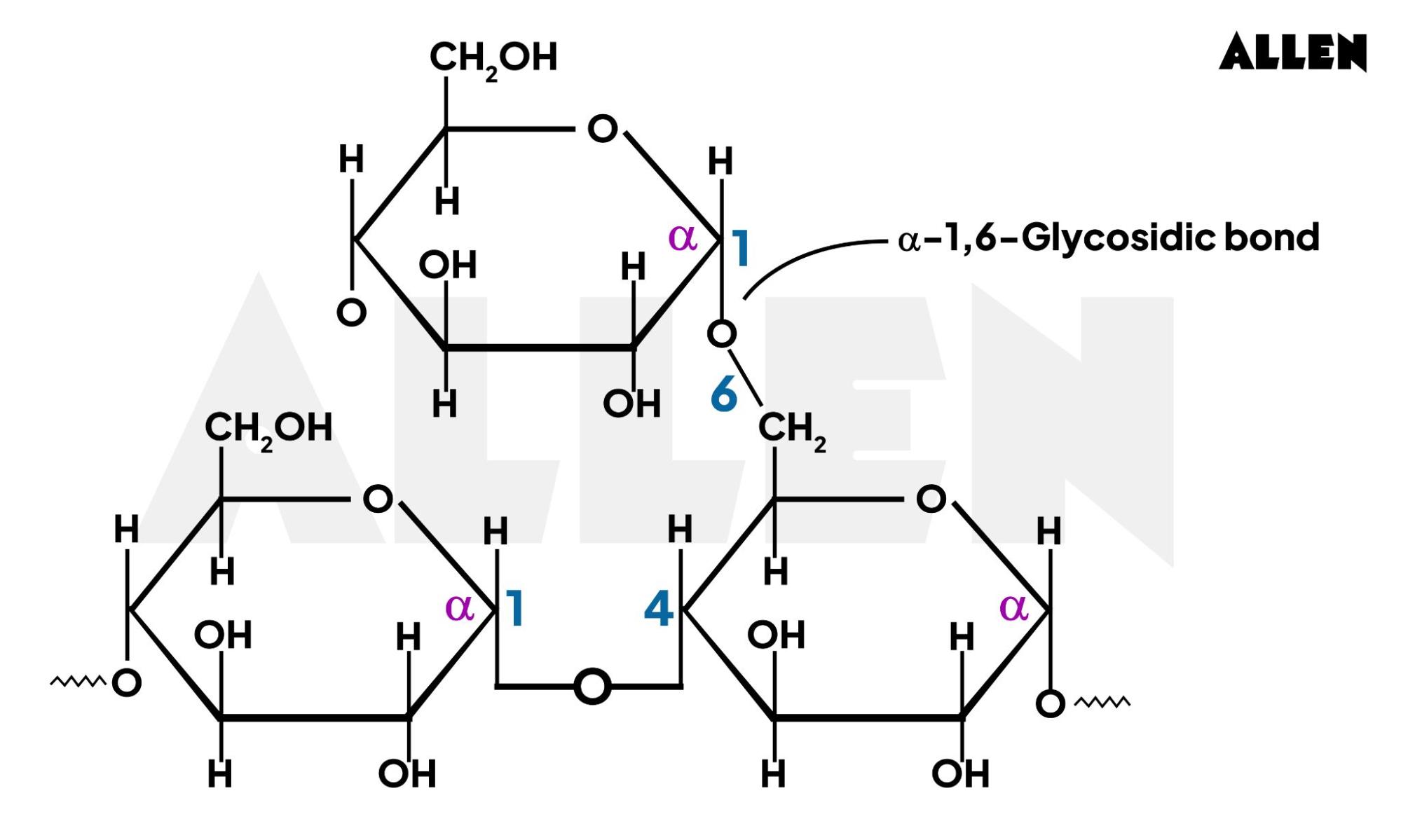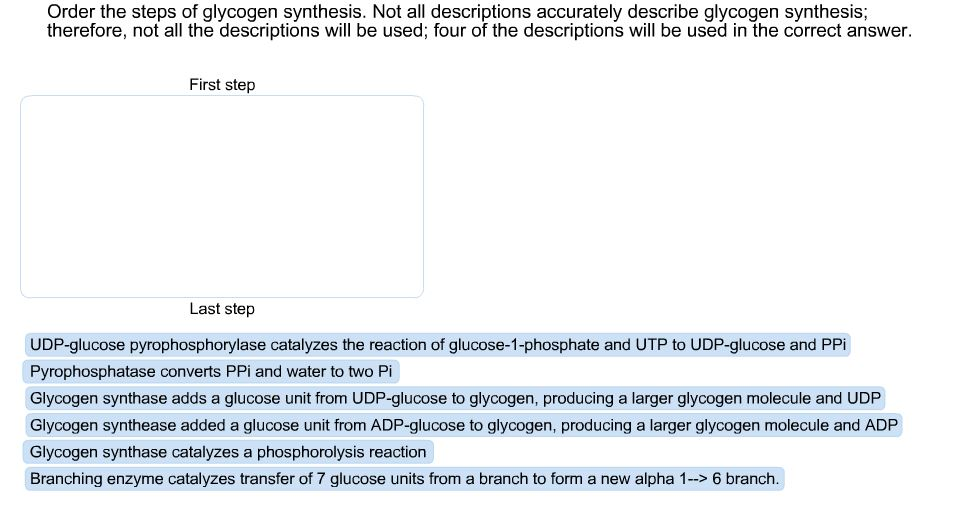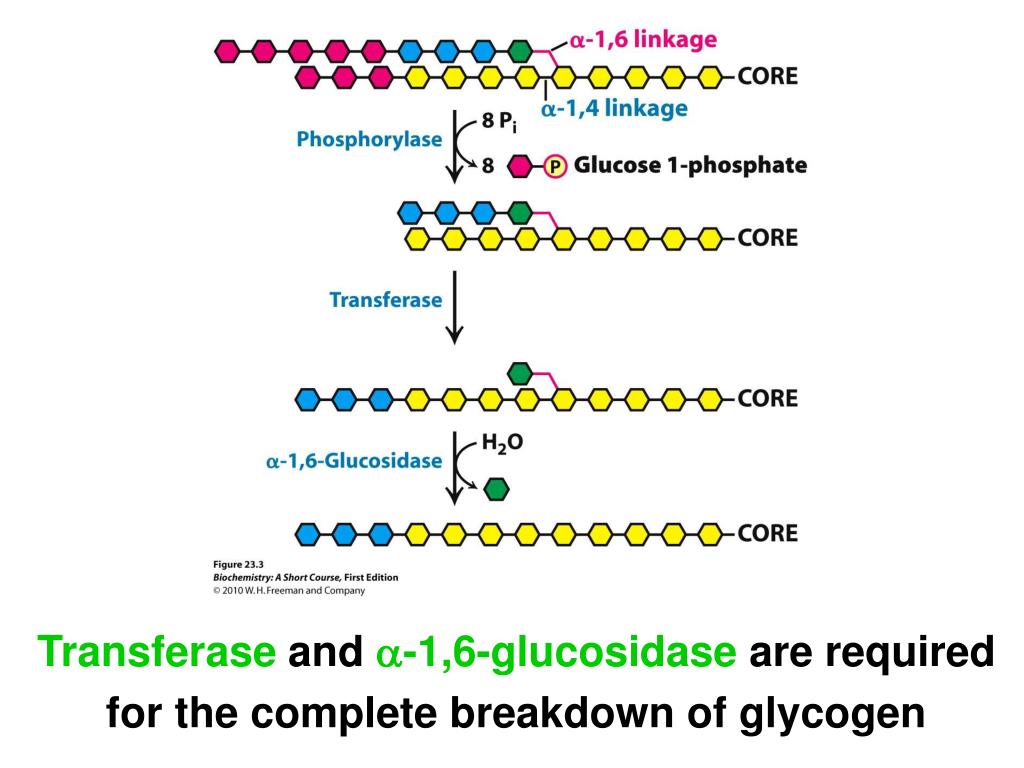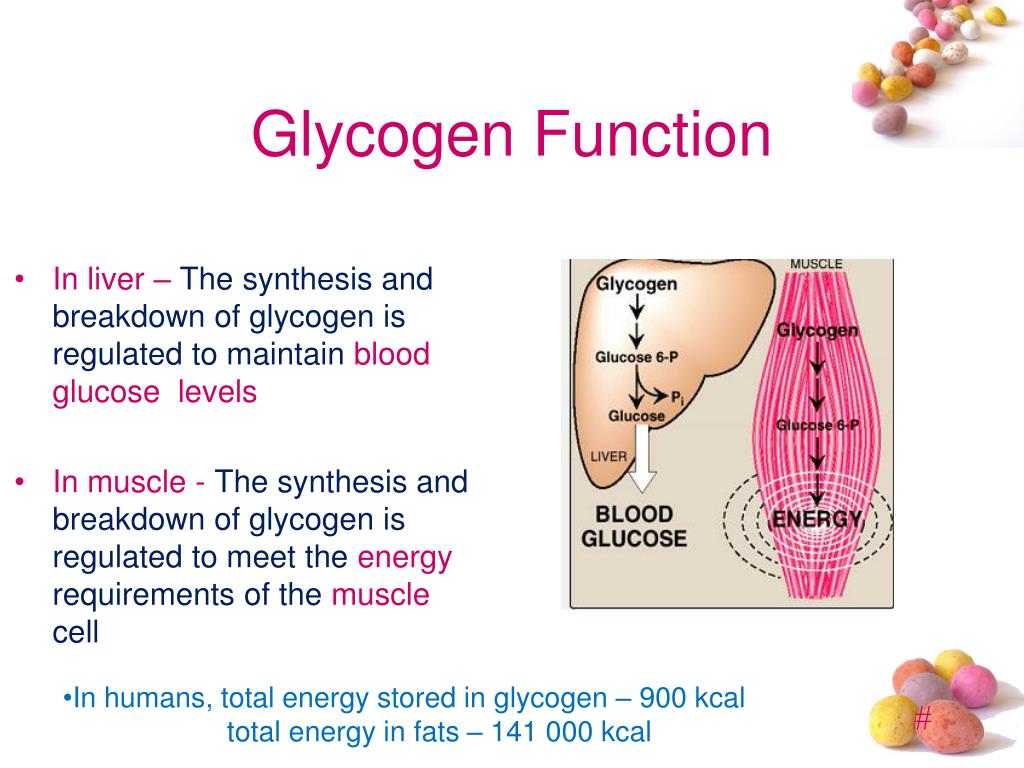Indicate The Three Items That Describe Glycogen
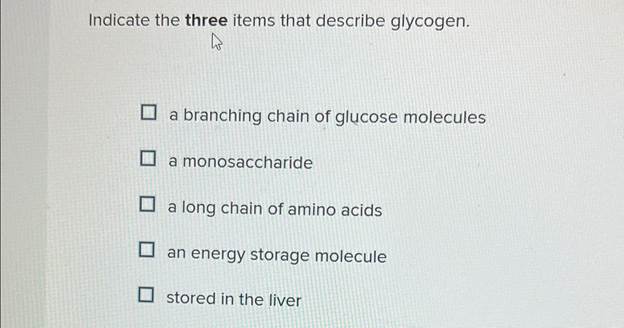
Urgent health alert issued: Misinformation surrounding glycogen is spreading rapidly, potentially impacting diabetes management and athletic performance. Public health officials are racing to clarify key facts about this crucial energy storage molecule.
The surge in inaccurate information online necessitates immediate correction regarding glycogen's function and characteristics within the human body.
What is Glycogen? Key Identifiers
Three core features accurately describe glycogen:
Firstly, glycogen is a polysaccharide. This means it is a complex carbohydrate composed of many glucose molecules linked together. It is not a simple sugar or a protein; it's the body's way of storing glucose for later use.
Secondly, glycogen serves as a primary energy storage form, mainly in the liver and muscles. When the body needs energy, glycogen is broken down back into glucose. This provides fuel for cells.
Thirdly, glycogen is rapidly mobilized when blood glucose levels drop or energy demands increase. This quick release is crucial for maintaining stable blood sugar and fueling physical activity.
Common Misconceptions Debunked
Many believe glycogen is solely for athletes; this is false. Everyone, regardless of activity level, relies on glycogen for basic bodily functions.
Another misconception is that glycogen is a fat. Glycogen is a carbohydrate, specifically a storage form of glucose.
Some inaccurately claim that glycogen depletion is always detrimental. While extreme depletion can cause fatigue, moderate cycling of glycogen stores is a natural and healthy process, especially during exercise.
The Importance of Accurate Information
Understanding glycogen is crucial for managing conditions like diabetes. Accurate knowledge empowers individuals to make informed dietary and lifestyle choices.
Athletes also need reliable information to optimize training and performance. Correct carbohydrate loading strategies hinge on understanding how glycogen storage works.
Misinformation can lead to ineffective or even harmful practices. Relying on false claims about glycogen can negatively impact health and athletic outcomes.
Where is Glycogen Stored?
The liver and muscles are the primary storage sites for glycogen. Muscle glycogen is used locally within the muscle for energy during exercise.
Liver glycogen is crucial for maintaining blood glucose levels throughout the body. The liver releases glucose into the bloodstream as needed.
Small amounts of glycogen can also be found in other tissues, but the liver and muscles hold the vast majority.
How Glycogen Functions
When blood glucose levels are high, insulin signals the body to store glucose as glycogen. This process is called glycogenesis.
When blood glucose levels are low, glucagon signals the body to break down glycogen into glucose. This process is called glycogenolysis.
The balance between glycogenesis and glycogenolysis is tightly regulated to maintain stable blood sugar levels.
Who is Affected by Glycogen Levels?
Individuals with diabetes are directly affected by glycogen metabolism. Impaired insulin function disrupts glycogen storage and release.
Endurance athletes heavily rely on glycogen stores to fuel prolonged exercise. Proper glycogen management is crucial for performance.
Even sedentary individuals depend on glycogen for basic energy needs between meals. Maintaining adequate glycogen stores is essential for overall health.
When Does Glycogen Depletion Occur?
Glycogen depletion occurs during prolonged fasting or intense exercise. The body uses up its stored glycogen reserves.
Symptoms of glycogen depletion include fatigue, weakness, and impaired cognitive function. Replenishing glycogen stores is necessary to restore energy levels.
Dietary carbohydrate intake plays a critical role in replenishing glycogen stores. Consuming carbohydrates after exercise or during periods of fasting helps restore glycogen levels.
Ongoing Efforts and Next Steps
Health organizations are launching public awareness campaigns to combat glycogen misinformation. These campaigns will emphasize the three key identifiers.
Educational resources are being developed to provide accurate information about glycogen metabolism. These resources will target both healthcare professionals and the general public.
Further research is needed to fully understand the complexities of glycogen regulation. This research will contribute to improved strategies for managing diabetes and optimizing athletic performance.


